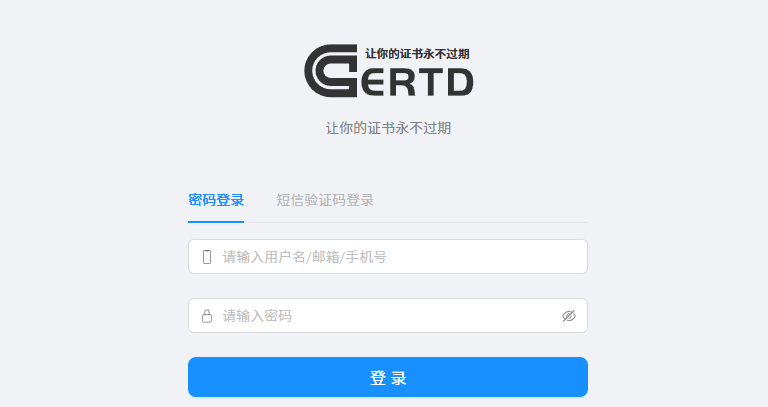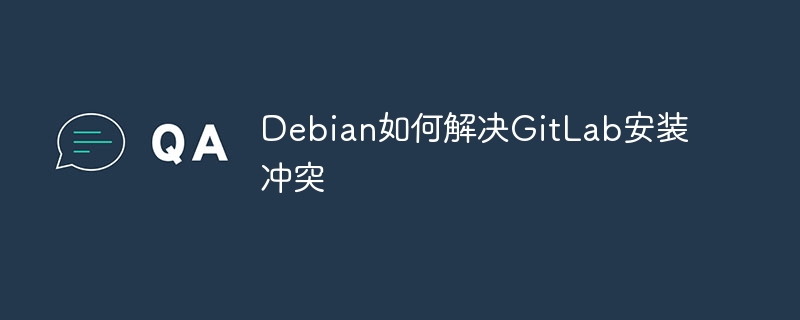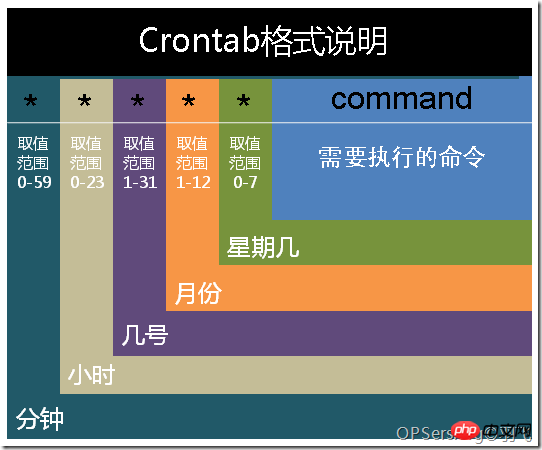下面由laravel教程栏目给大家解读laravel pipeline,希望对需要的朋友有所帮助!
大家好,今天给大家介绍下Laravel框架的Pipeline。
它是一个非常好用的组件,能够使代码的结构非常清晰。 Laravel的中间件机制便是基于它来实现的。
通过Pipeline,可以轻松实现APO编程。
官方git地址
https://github.com/illuminate/pipeline
下面的代码是我实现的一个简化版本:
class Pipeline { /** * The method to call on each pipe * @var string */ protected $method = 'handle'; /** * The object being passed throw the pipeline * @var mixed */ protected $passable; /** * The array of class pipes * @var array */ protected $pipes = []; /** * Set the object being sent through the pipeline * * @param $passable * @return $this */ public function send($passable) { $this->passable = $passable; return $this; } /** * Set the method to call on the pipes * @param array $pipes * @return $this */ public function through($pipes) { $this->pipes = $pipes; return $this; } /** * @param Closure $destination * @return mixed */ public function then(Closure $destination) { $pipeline = array_reduce(array_reverse($this->pipes), $this->getSlice(), $destination); return $pipeline($this->passable); } /** * Get a Closure that represents a slice of the application onion * @return Closure */ protected function getSlice() { return function($stack, $pipe){ return function ($request) use ($stack, $pipe) { return $pipe::{$this->method}($request, $stack); }; }; } }
此类主要逻辑就在于then和getSlice方法。通过array_reduce,生成一个接受一个参数的匿名函数,然后执行调用。
简单使用示例
class ALogic { public static function handle($data, Clourse $next) { print "开始 A 逻辑"; $ret = $next($data); print "结束 A 逻辑"; return $ret; } } class BLogic { public static function handle($data, Clourse $next) { print "开始 B 逻辑"; $ret = $next($data); print "结束 B 逻辑"; return $ret; } } class CLogic { public static function handle($data, Clourse $next) { print "开始 C 逻辑"; $ret = $next($data); print "结束 C 逻辑"; return $ret; } }
$pipes = [ ALogic::class, BLogic::class, CLogic::class ]; $data = "any things"; (new Pipeline())->send($data)->through($pipes)->then(function($data){ print $data;});
运行结果:
"开始 A 逻辑" "开始 B 逻辑" "开始 C 逻辑" "any things" "结束 C 逻辑" "结束 B 逻辑" "结束 A 逻辑"
AOP示例
AOP 的优点就在于动态的添加功能,而不对其它层次产生影响,可以非常方便的添加或者删除功能。
class IpCheck { public static function handle($data, Clourse $next) { if ("IP invalid") { // IP 不合法 throw Exception("ip invalid"); } return $next($data); } } class StatusManage { public static function handle($data, Clourse $next) { // exec 可以执行初始化状态的操作 $ret = $next($data) // exec 可以执行保存状态信息的操作 return $ret; } } $pipes = [ IpCheck::class, StatusManage::class, ]; (new Pipeline())->send($data)->through($pipes)->then(function($data){ "执行其它逻辑";});
© 版权声明
文章版权归作者所有,未经允许请勿转载。
THE END


















